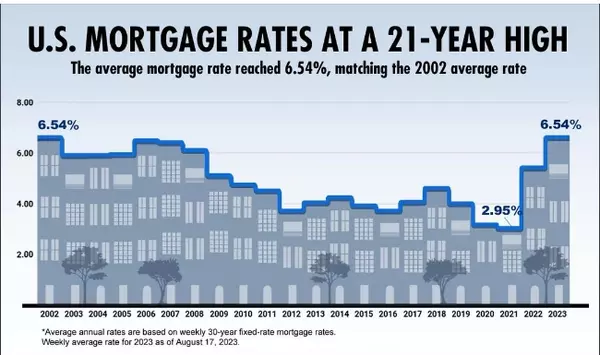Types of Residential Real Estate Investments (and Trends to Watch)
When most people think of real estate investing, images of grand mansions or bustling apartment buildings might come to mind. But residential real estate is a vast and varied landscape, offering opportunities for everyone—from cautious first-timers to seasoned pros. Let’s take a tour through the most popular types of residential real estate investments, and peek at the trends shaping the North American market today.
Single-Family Homes: The Classic Choice 🏡
Single-family homes are often the entry point for new investors. These are standalone houses designed for one family. They’re easy to rent, generally appreciate over time, and tend to attract long-term tenants. Think of them as the “comfort food” of real estate—familiar, reliable, and always in demand.
- Pros: Simple to manage, high resale value, steady rental income.
- Cons: Vacancy risk (if the tenant leaves, you’re 100% vacant), limited scalability.
Multi-Family Properties: Scaling Up
These range from duplexes and triplexes to larger apartment buildings. Investing in multi-family properties means more rental units under one roof. If one tenant moves out, others are still paying rent—spreading out your risk.
- Pros: Multiple income streams, easier to scale your portfolio.
- Cons: More complex management, higher upfront costs.
Condos and Townhouses: Low-Maintenance Living
Condos and townhouses are popular in urban areas. Owners typically pay a homeowners association (HOA) fee, which covers exterior maintenance and amenities. These are great for people who want a hands-off investment and access to city life.
- Pros: Low maintenance, attractive locations, built-in amenities.
- Cons: HOA fees can eat into profits, less control over property decisions.
Vacation Rentals: The Airbnb Effect
Short-term rentals have surged, especially in tourist hotspots. Platforms like Airbnb and VRBO make it easy to rent out properties for days or weeks at a time. This can mean higher income, but also more work and regulation to navigate.
- Pros: Potential for higher returns, flexible use of property.
- Cons: Seasonal demand, local laws and taxes, more hands-on management.
House Hacking: Living and Investing
House hacking means living in one part of your property while renting out the rest—think buying a duplex, living on one side, and renting the other. It’s a creative way to offset your mortgage and dip your toes into investing.
- Pros: Reduce living expenses, learn property management firsthand.
- Cons: Sharing your space, potential for tenant conflicts.
Trends Shaping Residential Real Estate in North America
Residential investing isn’t standing still. Here’s what’s hot right now:
- Short-Term Rentals Rise: Despite new regulations in some cities, vacation rentals remain popular, especially in scenic or urban destinations.
- Suburban & Small City Surge: Remote work has people seeking more space and affordability, fueling demand in suburbs and smaller cities.
- Eco-Friendly & Smart Homes: Green features and smart tech are increasingly attractive to renters and buyers alike.
- Multi-Family Momentum: With affordability challenges, multi-family properties are in demand for both renters and investors.
- Rental Market Shifts: Rising interest rates and home prices mean more people are renting, creating opportunities for landlords.
Final Thoughts
Residential real estate offers something for everyone, whether you want a steady, long-term investment or a more hands-on adventure. By keeping an eye on trends and understanding your options, you can find the right fit for your goals—and maybe even have a little fun along the way.
Categories
Recent Posts











